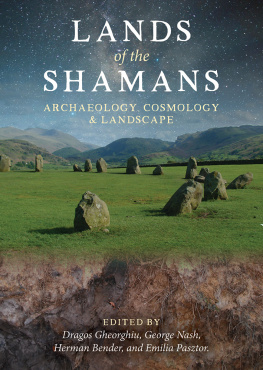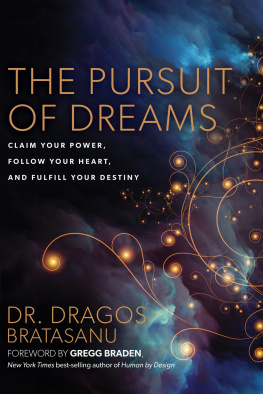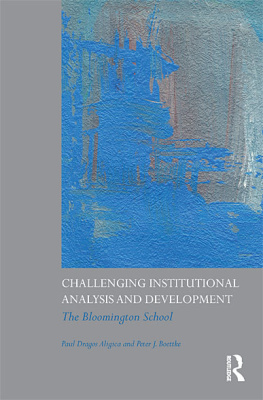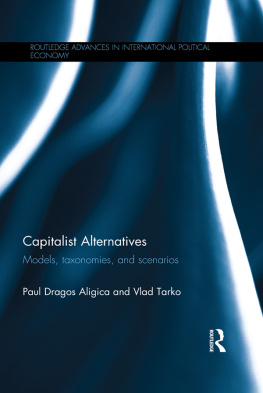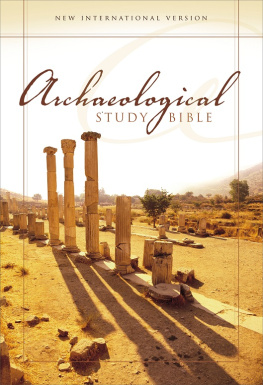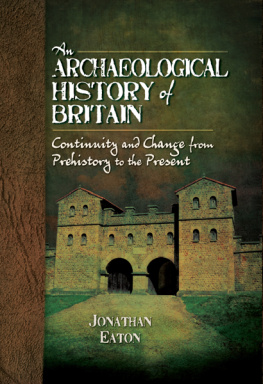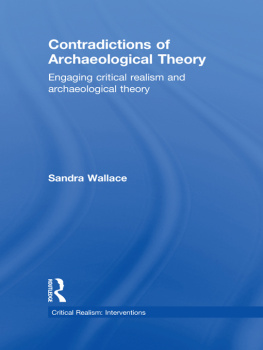Art in the Archaeological Imagination
Art in the Archaeological Imagination
edited by
Drago Gheorghiu
Published in the United Kingdom in 2020 by
OXBOW BOOKS
The Old Music Hall, 106108 Cowley Road, Oxford OX4 1JE
and in the United States by
OXBOW BOOKS
1950 Lawrence Road, Havertown, PA 19083
Oxbow Books and the individual contributors 2020
Paperback Edition: ISBN 978-1-78925-352-8
Digital Edition: ISBN 978-1-78925-353-5 (ePub)
Kindle Edition: ISBN 978-1-78925-354-2 (mobi)
A CIP record for this book is available from the British Library
Library of Congress Control Number: 2020931800
All rights reserved. No part of this book may be reproduced or transmitted in any form or by any means, electronic or mechanical including photocopying, recording or by any information storage and retrieval system, without permission from the publisher in writing.
For a complete list of Oxbow titles, please contact:
UNITED KINGDOM | UNITED STATES OF AMERICA |
Oxbow Books | Oxbow Books |
Telephone (01865) 241249 | Telephone (610) 853-9131, Fax (610) 853-9146 |
Email: | Email: |
www.oxbowbooks.com | www.casemateacademic.com/oxbow |
Oxbow Books is part of the Casemate Group
Front cover: Land art revealing the walls of a Chalcolithic castro on Monte Velho, Portugal (20102013), by Drago Gheorghiu. On the right the archaeological excavation of the walls. (Photo by D. Gheorghiu)
Back cover: A bifacial pointed stone artefact, Middle Stone Age, from Blombos Cave, South Africa (photo: Magnus Mathisen Haaland)
In memoriam Dr. George Gheorghiu (19191969)
Contributors
T IMOTHY D ARVILL
Professor, Department of Archaeology and Anthropology, Faculty of Science and Technology, Bournemouth University, Fern Barrow, Poole, Dorset BH12 5BB. UK
R OBERTA R OBIN D ODS
Associate Professor Emeritus, University of British Columbia Vancouver, and Irving K. Barber School of Arts and Science, University of British Columbia Okanagan, Canada
D RAGOS G HEORGHIU
Professor, Doctoral School, National University of Arts, Bucharest, Romania, and Earth and Memory Institute (ITM), Quaternary and Prehistory Group of the Geosciences Centre (u. ID73FCT), Portugal
T ORILL C HRISTINE L INDSTRM
Professor, Department of Psychological Science, Faculty of Psychology, and SapienCE, Centre for Early Sapiens Behaviour, CoE, Faculty of Humanities, University of Bergen, Norway
G EORGE N ASH
Associate Professor, Geosciences Centre of Coimbra University (u. ID73-FCT), ITM (Earth and Memory Institute), Polytechnic Institute of Tomar (IPT), Portugal
E-mail:
E LIZABETH P ORAJ -W ILCZYNSKA
E-mail:
Website: http://lizpw.co.uk/
I EGOR R EZNIKOFF
Emeritus Professor, Universit de Paris Ouest Nanterre, France
E-mail:
J ACQUI W OOD
Saveock Water Archaeology, Truro, UK
E ZRA Z UBROW
Professor, Department of Anthropology, University at Buffalo and University of Toronto, Canada
Introduction
Drago Gheorghiu
Walking away from the neatly bounded, regular, categorically defined ontologies of positivism and western science as practiced over the past 300 years, past the dung-heap of post-modernist self-referential hyper-critical pluralism, we find ourselves in new fields where thinking is more fluid, more porous, and more emotionally stimulated. Gone are the constraints of Cartesian Dualisms, binary oppositions, and simplistic back-projections of modern life onto other peoples existence. (Darvill & Poraj-Wilczynska, this volume )
Art and humanities a fertile relationship
During the last decades of the 20th century the barriers between art and science and especially the humanities began to be blurred (Gheorghiu & tefan 2013; Malina 2016). Starting in the 70s, contemporary artists have adopted an anthropological view, drawing inspiration from the fields of anthropology (see Foster 1994), and archaeology (see examples in Renfrew 2003). The artist as anthropologist (Kosuth 1993) signifies an immersion of the artist and his social engagement. This period coincides with the crisis of representation in anthropology and its opening towards new ways of seeing. The tendency towards visual anthropology became visible from the 1980s, along with the crisis of representation and the (re) establishment of visual, sensory and applied anthropologies (Pink 2006, 12 ff).
The use of visual media in anthropology (Banks & Morphy 1997) has brought it closer to contemporary artistic techniques. In the newly created relationship productive dialogues between the domains of contemporary anthropology and art have been generated (Schneider & Wright 2006, 1).
Art attracted anthropologists because it is irrational, mysterious, [and] numinous (Hiller 1991, 2).
For anthropologists to engage with art practices means embracing new ways of seeing and new ways of working with visual materials. This implies taking contemporary art seriously on a practical level and being receptive to its processes of producing works and representing other realities. (Schneider & Wright 2006, 25)
The next step in contemporary anthropology was engaging the senses (Pink 2006).
What happened in archaeology? How did the change and tendency to art occur? In archaeology too there was a crisis of representation as in anthropology; it prompted the decline of Processualism and represented a change similar to that which imposed the anthropology of the visual and of the senses, and opened the archaeological discipline to art. The post-processual tendencies that emerged in the last decades were characterised by a predisposition to art: these new ways of seeing the world discussed symbolism, the phenomenology of the landscape, or the materiality of the world.
This propensity to art was a slow progression, starting from approaches to symbolism (Hodder 1982), to the experientiality of the world (Shanks 1992) and metaphors (Tilley 1999), to the phenomenology of landscape (Tilley 1994), to theatre archaeology (Pearson & Shanks 2001), senses (Gheorghiu 2009a; Fahlander & Kjellstrm 2010; Skeates 2010), and the materiality of the world (Tilley 2004).
All these new visions that led to the discovery of an archaeological art (Shlke 2000; Tilley et al . 2000; Hamilakis et al . 2001; Cochrane & Russel 2007; Gheorghiu 2009b; 2009c; 2012a; 2012b; Russel 2011; Russel & Cochrane 2014; Chittock & Valdez-Tullett 2016; Bailey 2018; Gheorghiu & Barth 2019) issued from the trends of contemporary art and from the ones that study the art of the Past (Jones & Cochrane 2018), together considerably changed our image of the Past, and influenced the archaeological imagination (Gheorghiu & Bouissac 2015). All this orientation of archaeology to art shows that, as an analogical way of thinking, art has existed in the mind of archaeologists. To this, one can add the Gestalt principles and the psychological response to art which is emotion (Matravers 2001), the basis on which imagination functions.
Consequently, the purpose of this book is to present the archaeological research functioning as a sort of artistic creation, proposing new perspectives on the archaeological imagination. It offers an exploration of the creative processes, the possibility of finding inspiration in experientiality, and the approach to the act of creation as a subject for archaeological research. When analysing the art of the Past, or when using art methods to approach the Past, we are facing an act of creation where imagination, emotion, and creativity combine under the form of an experiential instrument of investigation.



